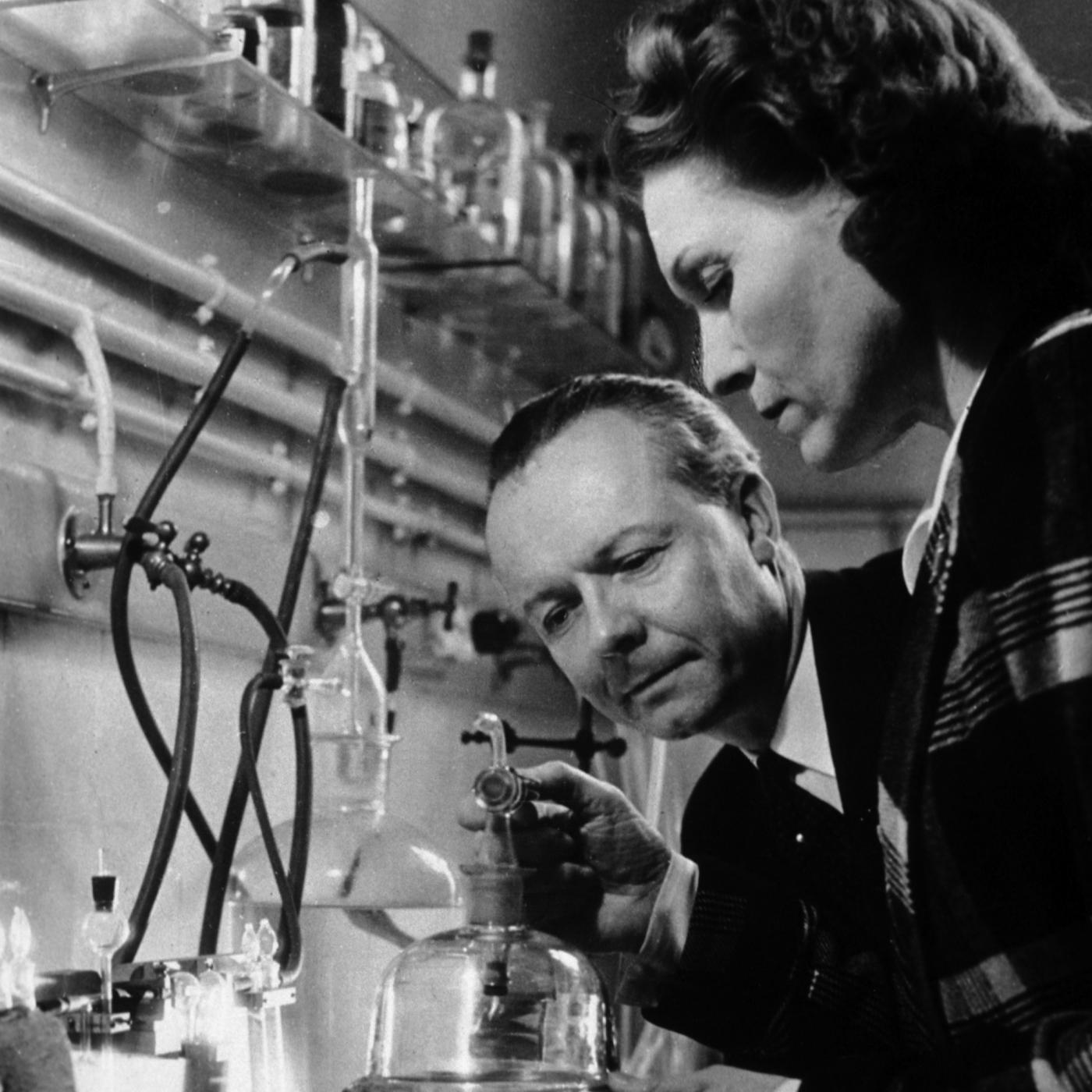
The sulfonamide revolutionIn 1935, the Tréfouëls developed new compounds called sulfonamides, which were active against numerous bacteria. “This paved the way for a new therapy against infectious diseases across the world with unrivaled efficacy compared to all conventional drugs. It was the dawning of a new era in the field of medicine,” reads a tribute to the Tréfouëls in 1980 at the French Academy of Sciences. “The first two medical triumphs were at Pasteur Hospital (…) Two children – one of whom was in a coma – were saved. They had purulent streptococcal meningitis, which was almost always fatal.” One of these children later became a physician and wrote to the Academy: “I would certainly like to add my thoughts to your eulogy of Mr. and Mrs. Tréfouël, who saved my life.” It is impossible to put a figure on the number of lives that have since been saved by sulfonamides, which are still in use today. |
Timeline of the life of the Trefouëls> June 19, 1892 Thérèse Boyer is born. > November 9, 1897 Jacques Tréfouël is born. > 1913-1919 They study chemistry at the faculty of sciences in Paris. Jacques is mobilized in 1915 (awarded the Croix de guerre in 1918). > 1921 They marry and start working at the Institut Pasteur, in the medicinal chemistry laboratory, on compounds that were to prove active in syphilis (Stovarsol), trypanosomiasis (Orsanine) and malaria (Rodoquine). > 1927-1932 Initial accolades: Parkin prize awarded by the Institut de France, Louis prize and Paultre prize awarded by the French Academy of Medicine. > 1935 With Daniel Bovet and Frederico Nitti, they demonstrate the role of sulfonamides, the first effective anti-bacterial agent (on streptococcus, meningococcus, pneumococcus, gonococcus, etc.). > 1940-1964 Head of the medicinal chemistry laboratory, Jacques is appointed Director of the Institut Pasteur. Continues his scientific work with Thérèse, who gradually takes over the running of the laboratory (succeeding him as head in 1955). In 1954, the Tréfouëls discover a substance that is active against tuberculosis and which will also be used to treat leprosy. In 1963, Jacques is awarded the title of Grand Officier of the Legion of Honor by General de Gaulle himself. Thérèse retires. > 1965-67 Jacques is elected President of the French Academy of Sciences and then the French Academy of Medicine. > July 11, 1977 Jacques dies in Paris. > November 9, 1978 Thérèse dies on her husband’s birthday. |


